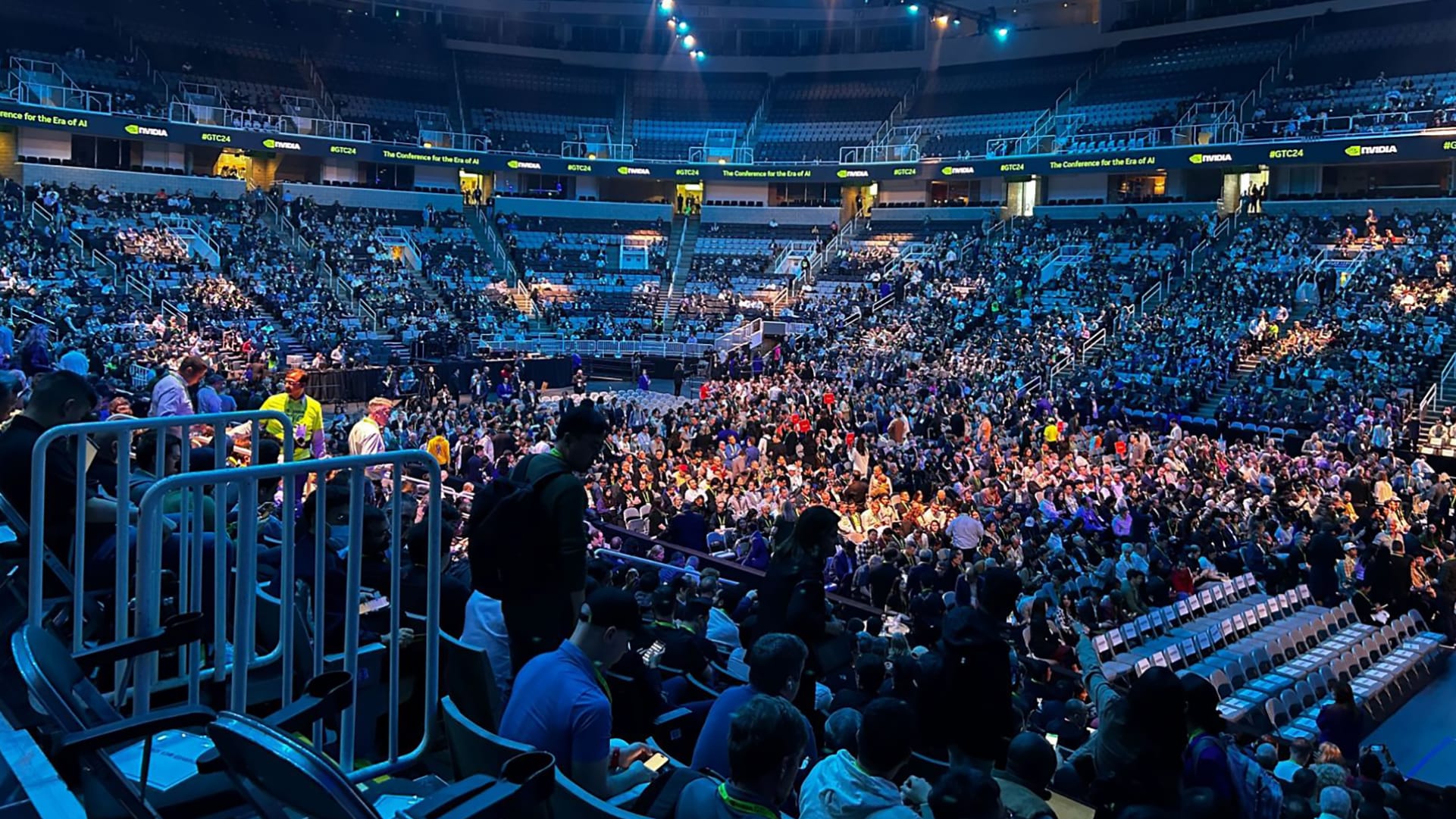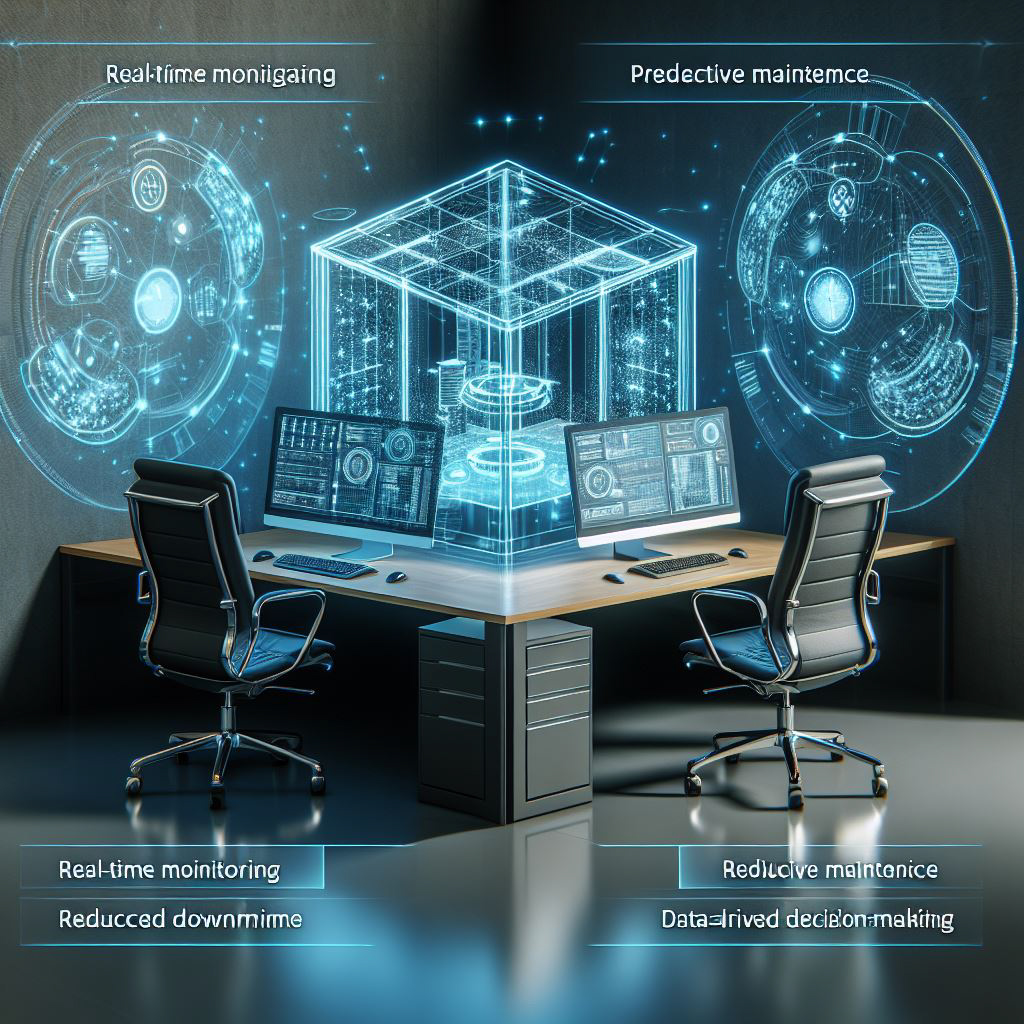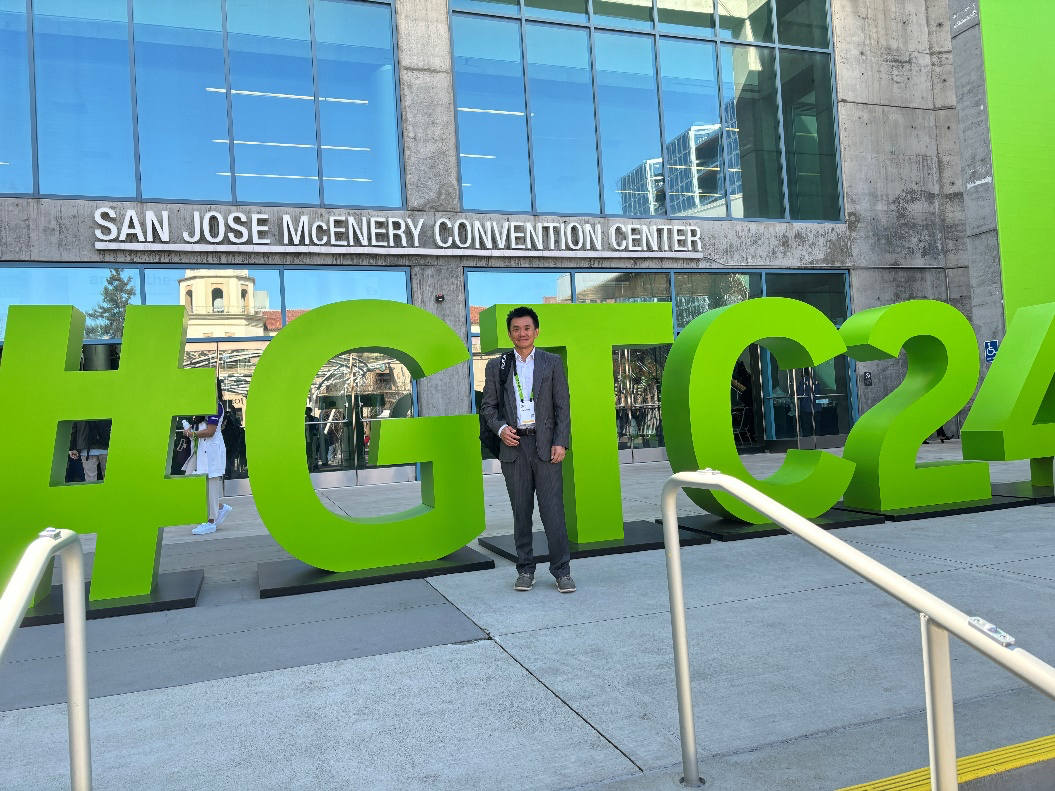Unveiling the Future: Nvidia GTC 2024's Insights on Digital Twins and Advanced Networking
Posted by Frank Yang on Mar 20, 2024

I am lucky to attend the Nvidia GTC 2024 this week in San Jose, California. This is my first time at Nvidia GTC, and it's been amazing. It's an exciting and innovative show featuring many new developments. Nvidia's latest GPU (graphics processing unit) chip, Blackwell, and the DGX GB200 platform are getting a lot of attention among this event's many highlights. What really intrigues me is the inspired concept of "digital twins" and the profound insights Nvidia CEO and Founder Jensen Huang shared during his keynote.
Digital twins are virtual (digital) replicas of physical objects or entire systems created with real-time data and advanced analytics. They basically bridge the physical and digital worlds to enable monitoring, analysis, and optimization of different entities and processes. Digital twins are applied across the manufacturing, healthcare, and automotive industries, where they offer benefits like predictive maintenance, process optimization, and remote monitoring. They empower organizations to make better-informed decisions, improve efficiency, and drive innovation.

With digital twins, organizations gain valuable insights into the Digital twins, which offer great potential in warehouses and data centers with comprehensive virtual representations of these complex environments. In a warehouse, for example, digital twins optimize inventory management, streamline processes, and increase efficiency. In data centers, they facilitate proactive maintenance, plan capacity, and optimize cooling and energy efficiency to reduce operating costs and downtime.
Executing digital twins requires high-performance computing and networking infrastructure capable of handling the tremendous volumes of data generated in real time. 400G and 800G networking technologies come into play here. Nvidia revealed the 800G InfiniBand XDR switch Quantum Q3400 at GTC 2024. The Quantum Q3400 InfiniBand Switch utilizes 800G InfiniBand XDR technology, with 200Gb/s per electrical lane known as SERDES (Serializer/Deserializer), enabling unprecedented bandwidth and throughput from the optical transceiver to the host platform.
The emergence of 224Gb/s SERDES technology further reinforces the feasibility and scalability of high-performance networking required by digital twins and other AI implementations. As I discussed in a previous article, advancements in SERDES technology are gaining momentum. Companies like Cadence, Synopsys, and Marvell have showcased the practicality and viability of 224Gb/s SERDES for next-generation networking infrastructure at events like DesignCon 2024.
Nvidia GTC 2024 highlighted the potential of digital twins and the indispensable role to be played by advanced networking solutions, like 400G and 800G InfiniBand and Ethernet. As we look towards a future defined by digital innovation, accelerated computing power, networking capabilities, and AI-driven insights lay the foundation for incredible advancements across industries. Digital twins are poised to reshape the landscape of warehousing, data centers, and beyond.





